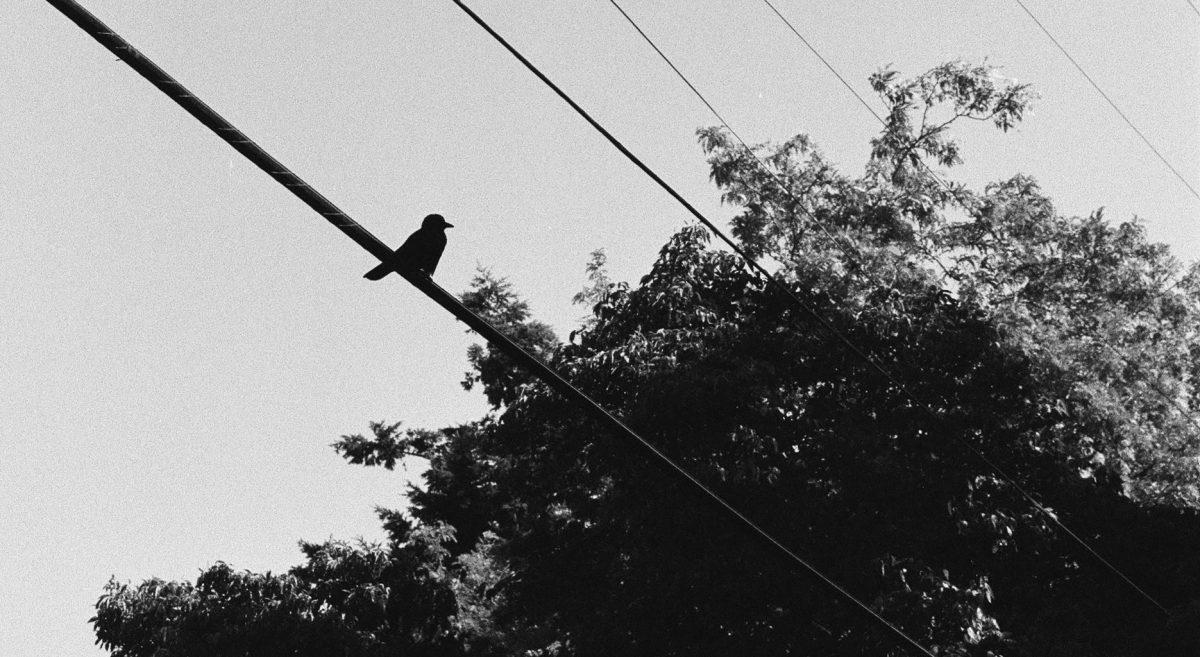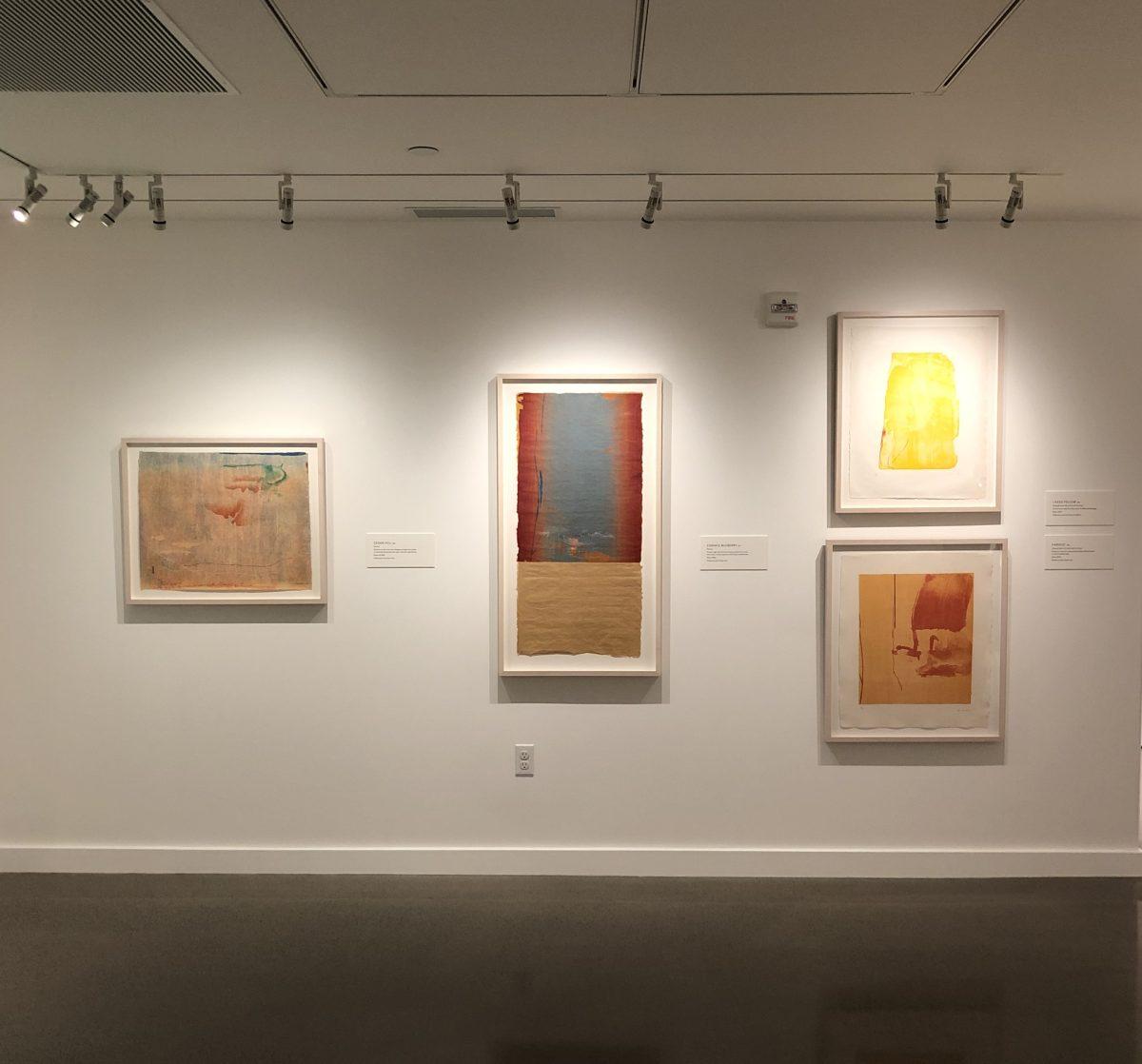Perhaps the great miracle of the last two centuries is the moving image. In 1872, English photographer Eadward Muybridge altered the world with a sequence of snapshots. In an effort to determine whether the feet of a trotting horse left the ground simultaneously, Muybridge strung together 24 photographs, creating fluid motion within the human eye. Throughout his career, Muybridge produced over 100,000 images of animal and human movement.
In 1874, Muybridge shot and killed his wife’s lover, and was acquitted in a controversial murder trial. Having escaped justice, he went on to lay the groundwork for what motion pictures could be.

“Did you know that the very first assembly of photographs to create a motion picture was a two-second clip of a Black man riding a horse?” Emerald Haywood (Keke Palmer) proudly declares in Jordan Peele’s new film, “Nope.”
In “Nope,” the fictionalized descendants of the jockey in Muybridge’s original film are now working as the only Black horse trainers in Hollywood.
To watch “Nope” is to watch the work of a director in complete control of their lens. Christopher Nolan’s favorite Director of Photography, Hoyte van Hoytema, uses 65mm IMAX cameras to capture enchanting nighttime landscapes and sweeping action arrangements. Its grandeur harkens back to Speilberg epics like Close Encounters of the Third Kind and Jaws. While Nope is certainly a spectacle itself, it’s also a film about spectacle. Peele’s take on our social need for sensation is as dense as it is compelling. After watching the film twice, my mind remains aflutter with ideas, theories, and questions. This may turn away some viewers, the open-ended nature of Peele’s work can certainly be polarizing, but its also what I admire most.
“Nope” is certainly not as tight as it aspires to be. Even the amazing cast can’t fully make up for a group of interesting but underwritten characters. The larger than life Sci-Fi plot requires a sturdy amount of suspension of disbelief and the final act doesn’t quite stick the emotional landing.
Regardless, Peele’s films are important as they serve not only as first-class entertainment but as vehicles for discussion. With “Get Out”, Peele spun a collection of tightly woven scenes, crescendoing in a moment that forces even the most inflexible viewers to wrestle with their privilege. “Us,” a traditional but endlessly inventive horror concept, brought a refreshingly nuanced take on the duality of human nature. With his latest endeavor, Peele continues to create striking imagery that will remain in the viewer’s mind long after the credits roll.
I will not divulge the plot because I find it’s a work best experienced for oneself. Despite some faults, “Nope” is a stunning piece of cinema from one of Hollywood’s sharpest working auteurs. In the age of Marvel box-office dominance, it’s refreshing to see an original vision succeed. As mainstream cinema in the streaming era becomes more and more mindless and easily-digestible, Peele continues to make us think.
As time passes, I find myself thinking of the nameless jockey in Muybridge’s sequence. The first stuntman. The first animal trainer. The first movie star. Forgotten by history books, existing within 24 frames.












































